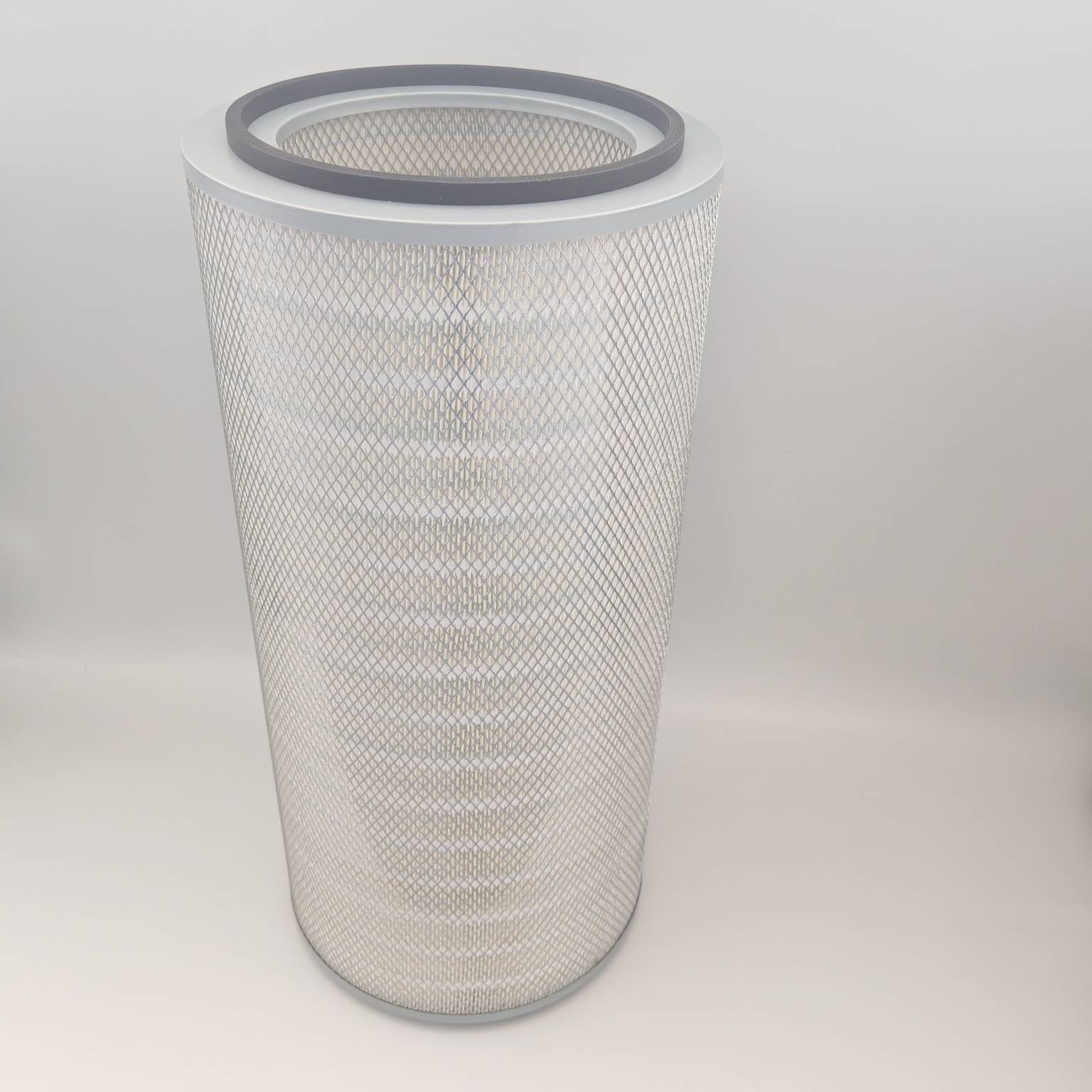Can Smarter Air Filters Actually Lower Your Costs And Raise Performance?
2025-11-14
I run projects for fleets, factories, and building managers who want cleaner air with fewer headaches. After working across many suppliers, I moved toward one partner that designs and builds everything under one roof. That partner is Guohao, and the difference shows whenever we specify high performance Air Filters for engines and HVAC systems. I focus on measurable results first, then brand, yet the consistency I see from this line keeps bringing me back.
Why Do Engines And HVAC Systems Live Or Die By The Right Air Filters?
Air intake is the start of every process. When dust and debris slip through, engines lose power and HVAC coils clog, which drives up energy use and repair risk. A well matched set of Air Filters traps particles before they cause wear, keeps pressure drop stable, and protects components so maintenance windows stay predictable. For vehicles, the right engine element keeps sensors clean and fuel burn steady. For buildings, clean coils and ducts mean steadier temperatures and happier tenants.
What Problems Do I Solve Immediately When I upgrade Air Filters?
- Unplanned downtime drops because abrasive particles no longer reach moving parts
- Energy waste falls as clean coils and blowers run with less resistance
- Indoor comfort improves with better capture of fine particulate and allergens
- Inventory becomes simpler when SKUs and sizes follow one coherent system
- Safety and compliance become easier with documented media grades and test data
Which Media And Frame Choices Make Sense For My Environment?
I pick construction based on the air and the job at hand. My short list stays practical and easy to source.
- Synthetic meltblown for stable efficiency and moisture resistance
- Cellulose blends for cost sensitive engine intakes with strong dust holding
- Electrostatic media for fine capture at low resistance in office HVAC
- Glass fiber HEPA for critical rooms that demand very high efficiency
- Galvanized or ABS frames for durability where vibration or humidity is common
How Do I Compare Specs Without Getting Lost?
- Match efficiency to the risk you actually face rather than chasing the highest number
- Watch initial and final pressure drop since fan power and fuel consumption respond to resistance
- Check dust holding capacity so change intervals remain realistic in tough seasons
- Look at media area and pleat geometry to understand real world airflow
- Confirm fit, gasket style, and seal quality to prevent bypass that ruins the best media
Where Do Hidden Costs Disappear When I standardize on Air Filters?
I see fewer emergency purchases, fewer rushed technician callouts, and longer component life. Standardizing on well built Air Filters also cuts training time since teams learn one set of frames, latches, and seals.
Which Air Filters Fit My Use Case Right Now?
| Use case | Recommended media | Typical efficiency | Expected lifespan | Why it works |
|---|---|---|---|---|
| Passenger car engine intake | Cellulose blend pleated | High dust capture with low restriction | 10,000 to 20,000 km subject to dust load | Protects cylinders and sensors while keeping throttle response crisp |
| Heavy equipment engine intake | Synthetic primary with safety element | High holding capacity for severe dust | Service by restriction gauge for accuracy | Two stage setup prevents catastrophic ingress during service |
| Commercial HVAC offices | Electrostatic synthetic pleated | MERV 10 to 13 target | 3 to 6 months depending on season | Balances clean air with low fan energy |
| Healthcare and labs | Glass fiber HEPA with gasketed frame | High efficiency for critical areas | Change on pressure or certification schedule | Protects sensitive processes and occupants |
| Industrial dust control | Synthetic pocket or cartridge | Optimized for heavy particulate | Service by differential pressure | Large media area handles high dust load |
Why Does In House Manufacturing Experience Matter When I choose Air Filters?
I rely on a maker that fabricates and sells directly with more than a decade of know how. That means tighter control from media to frame, fast customization for odd sizes, and steady quality that keeps my projects on track. With this setup I can align design tweaks and packaging quickly for overseas shipments and local installs.
How Do I Size And Replace Air Filters With No Guesswork?
- Confirm airflow and allowable pressure drop so the fan or engine stays inside its sweet spot
- Measure the housing and check for gasket compression to avoid bypass
- Select media grade by application risk rather than brand claims
- Set change triggers by differential pressure or restriction gauge instead of fixed dates
- Train techs on correct seating and latch checks to prevent leaks
What Real Results Do I See After Switching To Better Air Filters?
- Fleet fuel use improves a small but persistent amount because restriction stays low
- Coil cleaning frequency drops which frees technicians for higher value work
- Complaint calls fall as indoor air feels cleaner in busy seasons
- Procurement gets fewer urgent orders thanks to longer and more predictable life
Who Should I Talk To If I Want Samples And Sizing Help For Air Filters?
If you plan a retrofit or a new build and want the numbers to make sense, I am ready to help with selection, sizing, and performance comparisons. Ask for a sample kit or a quick bill of materials review. When you are ready to move, contact us and share your airflow, housing sizes, and target efficiency. I will come back with a clear recommendation and a quote that fits your schedule. To start the conversation today, contact us and let us know what you need from your Air Filters.



